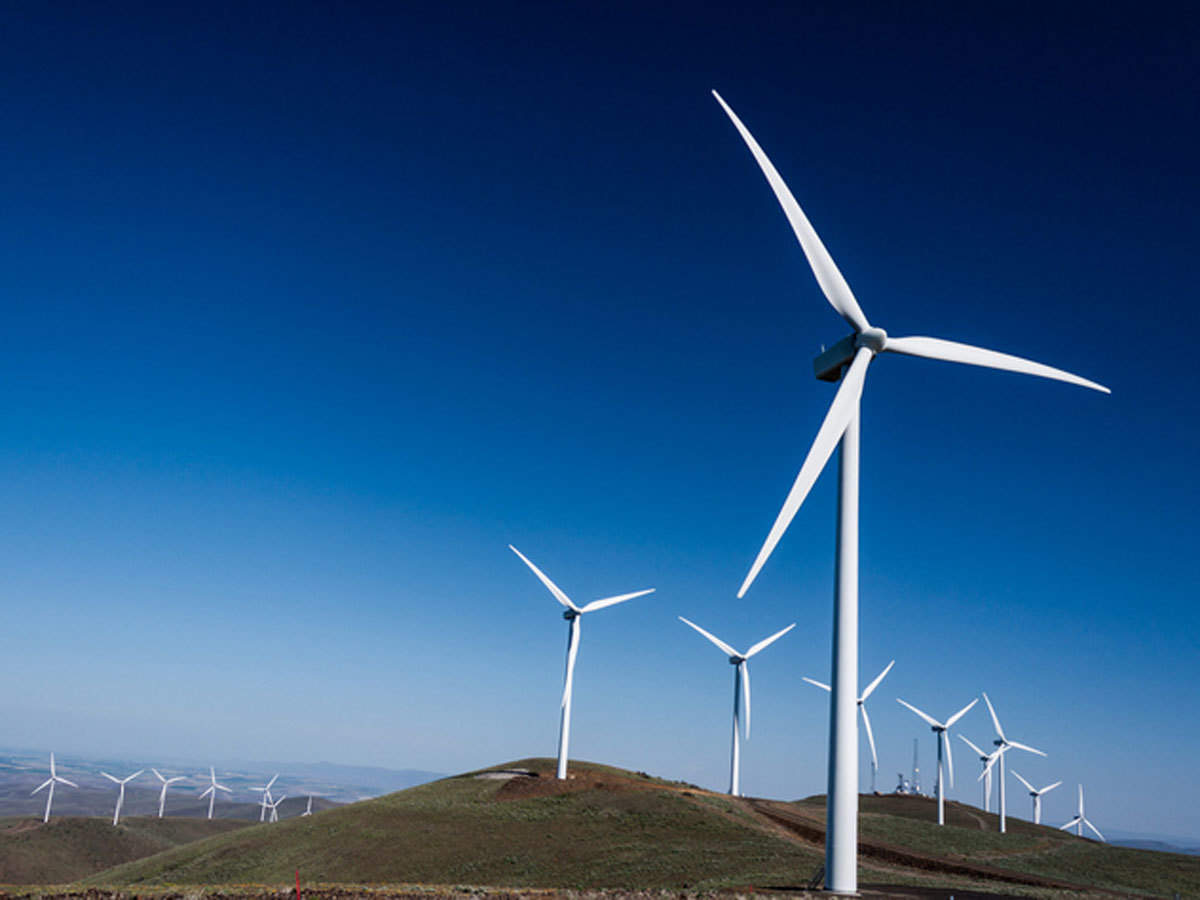
Centre asks states to focus on land acquisition to meet 500 GW green power target by 2030 – EQ Mag
The wind energy target of 100 GW by 2030, includes only land-based projects. It does not include off-shore wind projects. For solar energy, the government has set a target of an installed solar capacity of 292 GW
The Centre has asked all states and union territories (UTs) to prepare a renewable energy (RE) plan, with a focus on land acquisition, to help achieve India’s target of 500 gigawatts (GW) of RE capacity by 2030.
India is not only pushing for cleaner energy in its bid to combat climate change but also to meet the growing demand for power from domestic as well industry consumers.
The directive comes at a time when the government has set a target of bidding out 50 GW each year, starting from the current financial year. Implementing these projects will require land, which is primarily owned or controlled by states.
“RE projects — be it solar or wind — require a lot of land. To achieve the target of 485 GW of RE capacity (excluding nuclear power) by 2030, land is going to be the biggest challenge. It will, therefore, require coordinated efforts by the states and the UTs along with the central government,” Bhupinder Singh Bhalla, secretary, ministry of new and renewable energy (MNRE), told Moneycontrol.
Every state has been asked to prepare and submit its plan to the Centre, Bhalla said. Once vetted by the Centre, the states will release the plans to the public so that developers get some direction on available land parcels.
State action plans (RE plans) will also capture information on various strategies undertaken or planned to achieve the RE objectives. They could also include incentive schemes to attract developers and original equipment manufacturers (OEMs) to invest in their regions, he said.
At present, at least 128 GW of RE projects are either under construction or have been bid out. India has an installed RE capacity of 172 GW, excluding about 7 GW of nuclear power.
As per the government think tank NITI Aayog, seven states — Andhra Pradesh, Gujarat, Karnataka, Madhya Pradesh, Maharashtra, Rajasthan and Telangana — are resource-rich states in terms of RE capacity addition. Assam and Punjab have been identified as resource deficit.
“The state RE plans will, therefore, be a custom-made solution for capacity addition,” a senior MNRE official said on condition of anonymity.
If as state, for instance, has limited land availability, it may focus on rooftop solar or floating solar, the official said. Then there are states like Rajasthan which have huge land parcels, in such cases they will have to moderate it because RE capacities should not be concentrated in only a few states, “even though some form of disparity will be inevitable”, the official said.
Harnessing wind, solar energy
India’s annual operational solar power capacity is 67 GW. Another 96 GW is either under implementation or has been bid out. By 2030, the government has set the target of taking its installed solar capacity to 292 GW.
In wind energy, 43 GW is operational and another 14 GW is under pipeline. From the current 43 GW, the government is aiming to increase wind energy capacity to 100 GW.
“Also, the wind energy target of 100 GW by 2030, includes only land-based projects. It does not include off-shore wind projects. This is because off-shore wind policy and tenders are still being worked out and even after bidding, the projects would take another seven-eight years or even more to be commissioned,” said the official.













